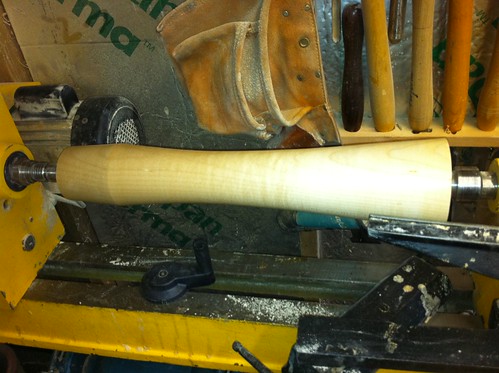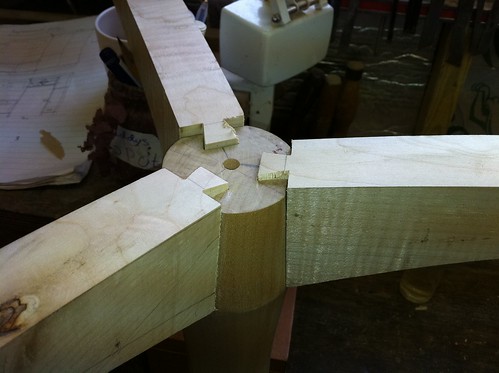gasman
Established Member
Earlier this year I made a 4 foot diameter drum table https://www.ukworkshop.co.uk/forums/victorian-drum-table-t48027.html and want to make a smaller version, but with a reversible chess / backgammon board set into the top.
I did want it to be swivelling, with a drawer to keep the pieces but that might mean the pieces were rattling around when the lid was flipped.
So, although I have found mention of such a table on this forum, there do not seem to be any examples
I have found stuff on the web such as http://www.silvercompany.co.uk/reversible-board-backgammon-chess-p-581.html
but not quite what I had in mind. The other thought I had was to have a circular chess board with the other side of it the same wood as the rest of the table top. Then you can have a normal plain table, a chess board, plus then by removing the 'lid' you expose a backgammon table which would be recessed so the pieces do not fall out
Anyone made anything similar?
Thanks in advance
Mark
I did want it to be swivelling, with a drawer to keep the pieces but that might mean the pieces were rattling around when the lid was flipped.
So, although I have found mention of such a table on this forum, there do not seem to be any examples
I have found stuff on the web such as http://www.silvercompany.co.uk/reversible-board-backgammon-chess-p-581.html
but not quite what I had in mind. The other thought I had was to have a circular chess board with the other side of it the same wood as the rest of the table top. Then you can have a normal plain table, a chess board, plus then by removing the 'lid' you expose a backgammon table which would be recessed so the pieces do not fall out
Anyone made anything similar?
Thanks in advance
Mark













































































